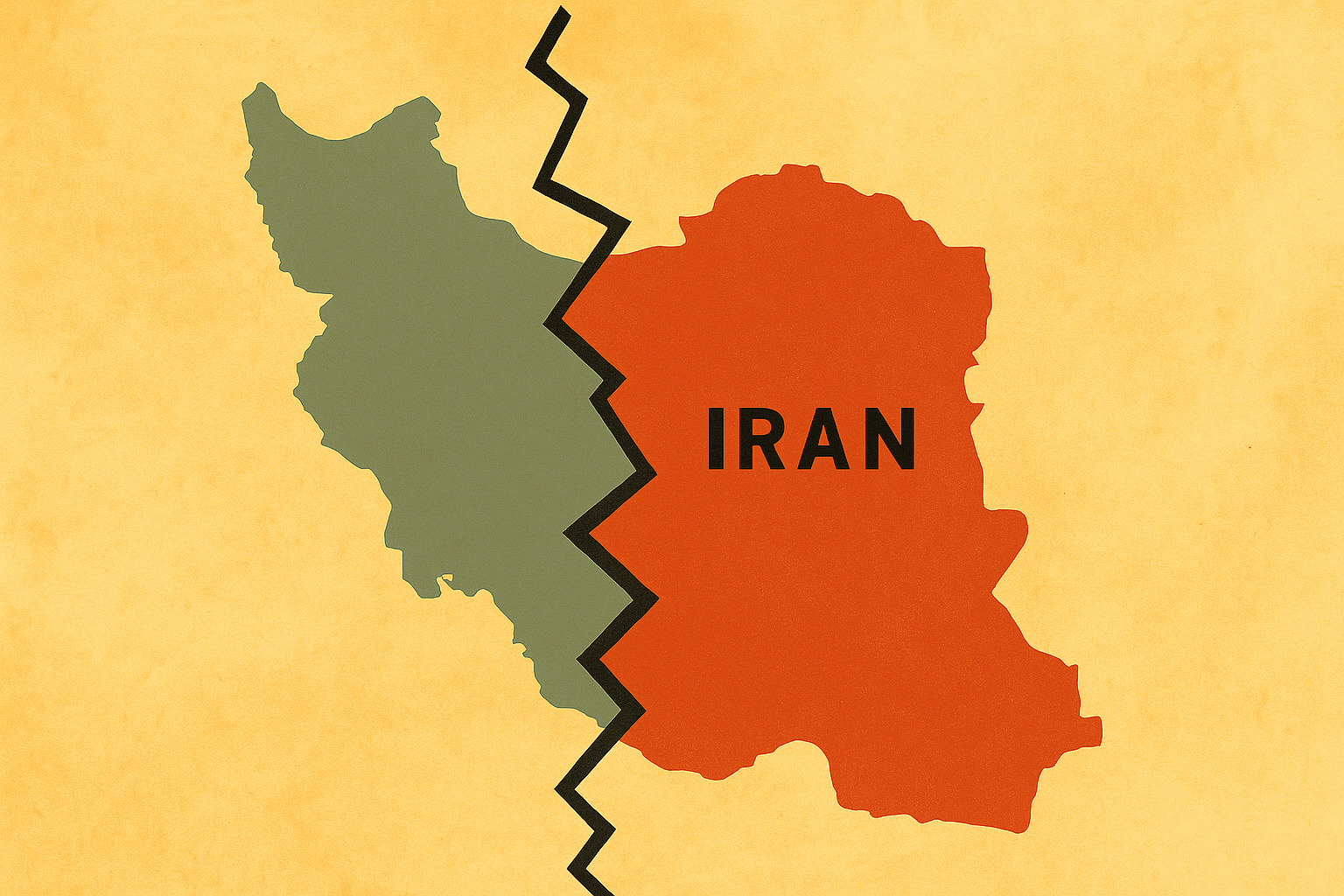Blame outside, crisis inside: Iran’s explaination for its failure

The East has long been the cradle of civilization. It is a region of immense potential, steeped in culture, history, and innovation. For centuries, it was the world’s locomotive, a hub of economic growth, scientific discovery, and cultural development. Yet, in the past few centuries, the East has come to symbolize stagnation, a place left behind by modernity, struggling to reclaim the dynamism it once possessed. Among these nations, Iran’s decline is particularly stark.
There are many reasons for this regression, but one of the most significant, in my view, is the persistent refusal to take responsibility. The Mullah regime has repeatedly failed to acknowledge its own mistakes, preferring instead to shift the blame outward. Every social, economic, and political problem becomes the fault of external actors—whether the United States, Israel, or now, even Azerbaijan. This culture of scapegoating is both self-destructive and dangerous.
Iran was once the most dynamic country in its region. Its annual GDP growth reached 30 to 40 percent, and its economy outperformed its neighbors before the Islamic revolution. Yet following the Islamic Revolution, the country’s fortunes reversed dramatically. Today, Iran’s economic performance is comparable to African nations, and in per capita GDP. For examples, in the 1990s, as the Soviet Union disintegrated, Iran’s per capita GDP far exceeded that of these emerging nations; today, it falls short by more than twofold.
Where does the blame lie? According to Tehran’s ruling clerics, the answer is never Iran itself. Low per-capita income? The United States and Israel. High child mortality? Again, foreign interference. A faltering education system? External enemies. Even internal security failures—such as the assassination of a high-ranking Iranian general in their bedroom in the heart of Tehran—are attributed to other nations. However, the most ironic is Iranian parliamentarian Kamran Ghazanfari’s recent accusation against Azerbaijan. Indirectly he claimed that Azerbaijan bears responsibility for the death of the Iranian late president. This is both absurd and revealing: a regime that cannot protect its own leadership assigns blame to its neighbor, as if Azerbaijan were tasked with guarding Tehran.
The consequences of this mentality extend far beyond rhetoric. Iran’s failure to take responsibility endangers both its own citizens and its neighbors. A sudden and tectonic collapse, whether economic, political, or social, would likely trigger massive migration. For Azerbaijan, a nation of just ten million, even a fraction of the displaced population from Iran would be catastrophic. There are more than thirty million ethnic Azerbaijanis in Iran alone, not to mention other ethnic groups such as the Talysh, Kurds, and various Turkic peoples. Conservative estimates suggest that even five million refugees would overwhelm Azerbaijan’s infrastructure and economy. The reality is that no country can absorb a refugee wave equal to or exceeding its own population without facing devastating consequences.
Yet Iran’s clerical leadership seems indifferent to such risks. The regime refuses accountability and shields itself from criticism, even as tectonic shifts—both literal and metaphorical—shape its society. Problems that could be addressed through reform are ignored. Social crises, economic stagnation, and political unrest persist because admitting failure is seen as unacceptable. Instead, the blame is projected outward, creating a culture in which no internal problem is ever resolved.
This avoidance of responsibility has tangible consequences. Iran is not merely stagnating in comparison with Europe or developed nations; it is increasingly competing with countries such as North Korea or Afghanistan in terms of development and social outcomes. Its failure to modernize and reform leaves it vulnerable to both internal crises and external manipulation. Meanwhile, the scapegoating of Azerbaijan illustrates the regime’s willingness to exploit neighboring countries as convenient distractions from its own failures.
The question is whether Iran can change. History suggests that regimes unwilling to accept responsibility either reform or fade into irrelevance. The clerical establishment faces a choice: either confront the country’s systemic failures or follow the path of Syria’s Ba’athist regime, consigned to the margins of history. Yet, for Iran’s neighbors, particularly Azerbaijan, the stakes are immediate. Stability in Iran is in Azerbaijan’s interest because any significant upheaval would have profound humanitarian and economic repercussions.
The lesson is clear. Societies that refuse to take responsibility for their own mistakes—those that externalize blame for every failure—cannot hope to develop sustainably. They risk stagnation, decline, and in the most extreme cases, collapse. Iran’s leadership must recognize that scapegoating external actors will not reverse its decline. Without accountability, the country is trapped in a cycle of self-inflicted crises, while the broader region braces for the consequences.
Iran’s potential is immense, but it cannot be realized under a regime that refuses to admit mistakes. History rewards those willing to confront their failures and learn from them; it punishes those who externalize blame. For Iran, the time to take responsibility is now, before the tectonic shocks—both literal and political—become unmanageable. For its neighbors and for the millions of people who depend on its stability, the consequences of continued denial could be catastrophic.
Here we are to serve you with news right now. It does not cost much, but worth your attention.
Choose to support open, independent, quality journalism and subscribe on a monthly basis.
By subscribing to our online newspaper, you can have full digital access to all news, analysis, and much more.
You can also follow AzerNEWS on Twitter @AzerNewsAz or Facebook @AzerNewsNewspaper
Thank you!

